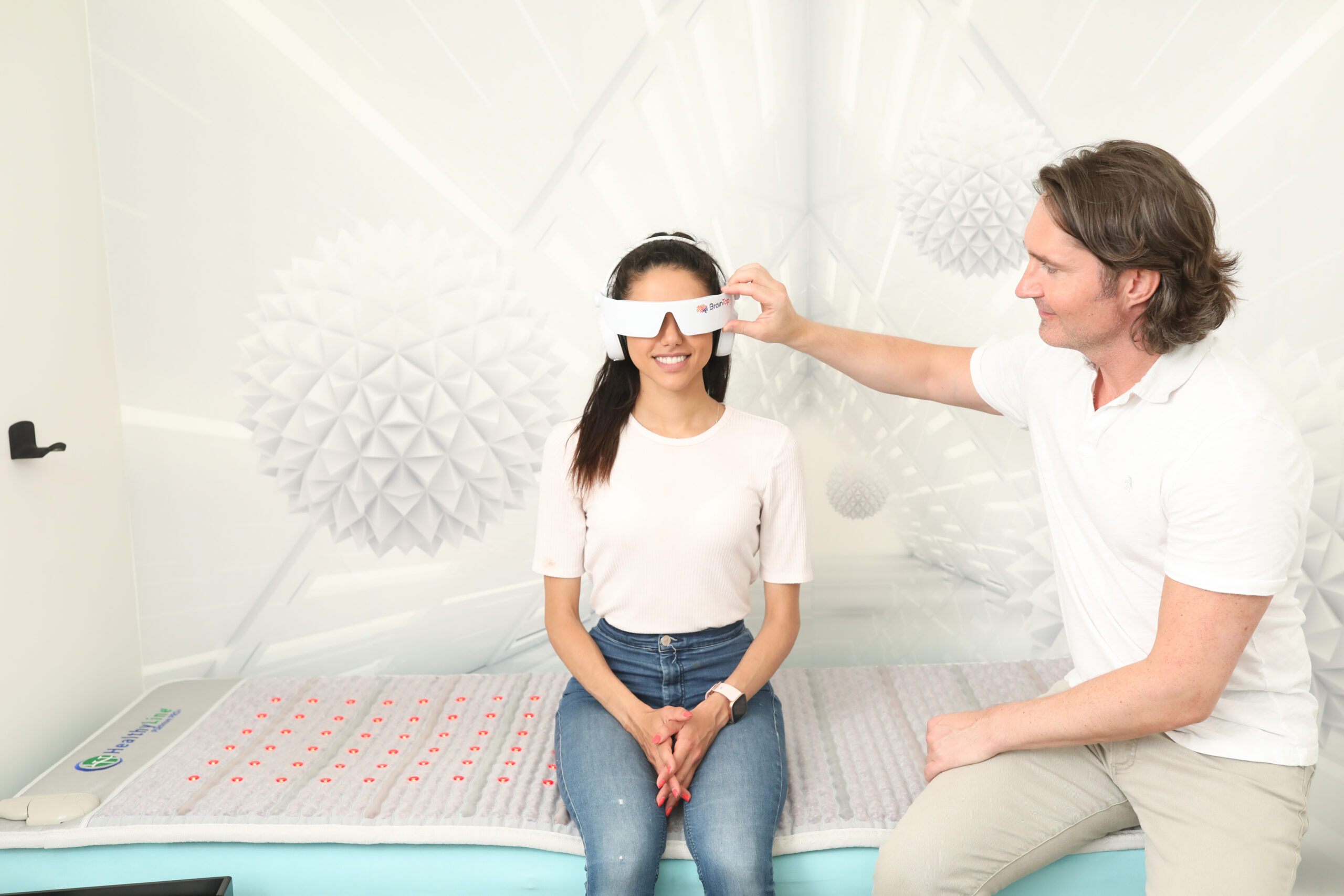Are Brain Spas a New Treatment for Modern Day Stressors?
When left unaddressed, chronic stress can have a detrimental effect on physical and mental health. It can exacerbate or be a precursor to other health issues such as immune system function, addiction, and digestive troubles.
Emotional stress can induce physical symptoms such as an increase in blood pressure and heart rate. Though most people might not realize it, “it’s probably the No. 1 cause of actual symptoms [I see] in clients,” notes Dr. Tomek Pajak, chiropractor and founder of Neuro Lounge, a new Yaletown institution devoted to resolving the impacts of stress in an increasingly stressful contemporary world.
Fight-or-flight mode is a natural phenomenon—it’s an aspect of human instincts—but should only arise when you’re in situations where your safety is threatened. The modern problems of our society have led to a stressful lifestyle, and so instead of the survival instinct stemming from physical threats, it’s associated more and more these days with those of a psychological nature, such as isolation or burnout.
With all the stress and anxiety that society is faced with these days, Pajak explains that the fight-or-flight response becomes anchored into everyday situations such as “responding to an email, driving to work, or watching a movie. They aren’t necessarily dangerous, and so it’s not an appropriate response.”
The health effects of stress can be substantial. It’s estimated that 75 to 90% of doctor visits are stress-related. “If your hormones are in this fight-or-flight state most of the time, then your digestion is not working well, and it starts to affect your immune system, brain function, circulation, heart health—pretty much everything,” Pajak says. At the Neuro Lounge, he offers a variety of services to treat stress.

First is a neuro stress test to assess your states of stress. Electrical instruments are placed on your wrists to measure ECGs (electrocardiogram), heart rate variability (changes in time between heartbeats), and resting heart rate to determine whether the body is stressed or relaxed.
One of the treatments offered is red light therapy, using a full-body LED bed that promotes healing, improves circulation, and decreases pain and inflammation. Direct skin contact is ideal to reap maximum benefits. Those who have ever had a LED light therapy facial know it’s great for the skin too. Plus, lying on a heated bed is a comforting experience.
Another treatment is the brain spa, which uses BrainTap, a headset that feeds you light therapy and guided meditation audio sessions while you lie on an infrared, heated crystal mat, which is supposed to further aid relaxation. For many, the headsets facilitate better meditation.
Also offered are low-force chiropractic services, employing “sensory awareness work and breath-work… [which is better for treating] long-term chronic stress,” says Pajak.
Treatments at the Neuro Lounge are not meant to be single sessions. Because they work to reverse the cumulative effects of stress, multiple visits are needed to see lasting changes. “Though most people notice improvements after one or two sessions, we usually recommend a 12-week program [at twice a week] to maintain long-term changes,” Pajak explains.
Ultimately, the Neuro Lounge’s goal is to improve the way we respond to stress—something we could all benefit from.




